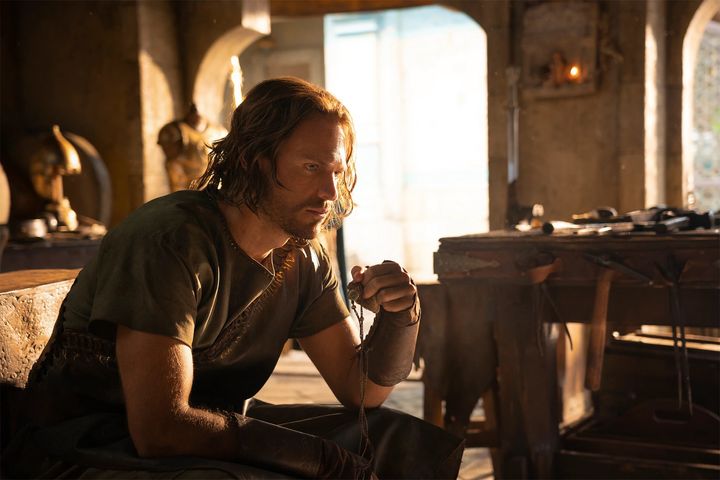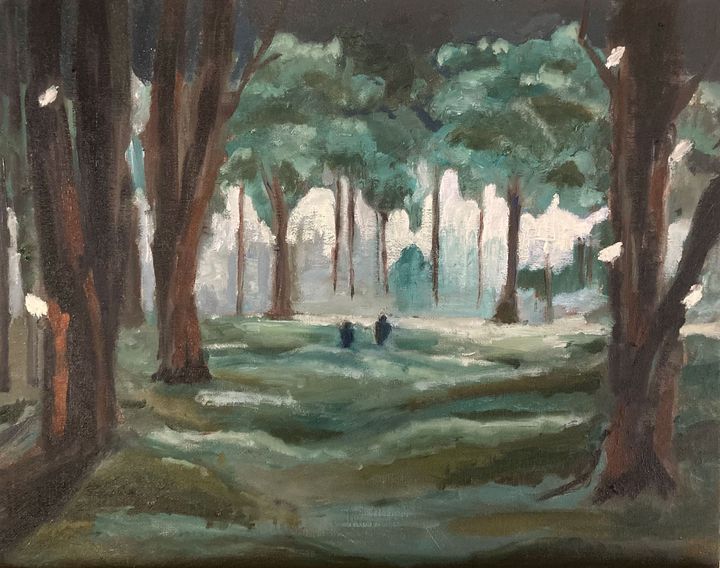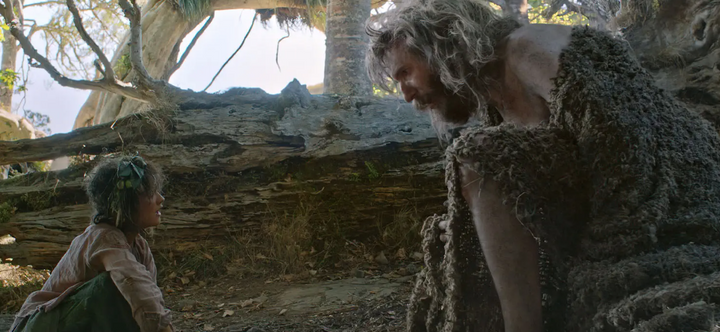Harfoots in The Rings of Power
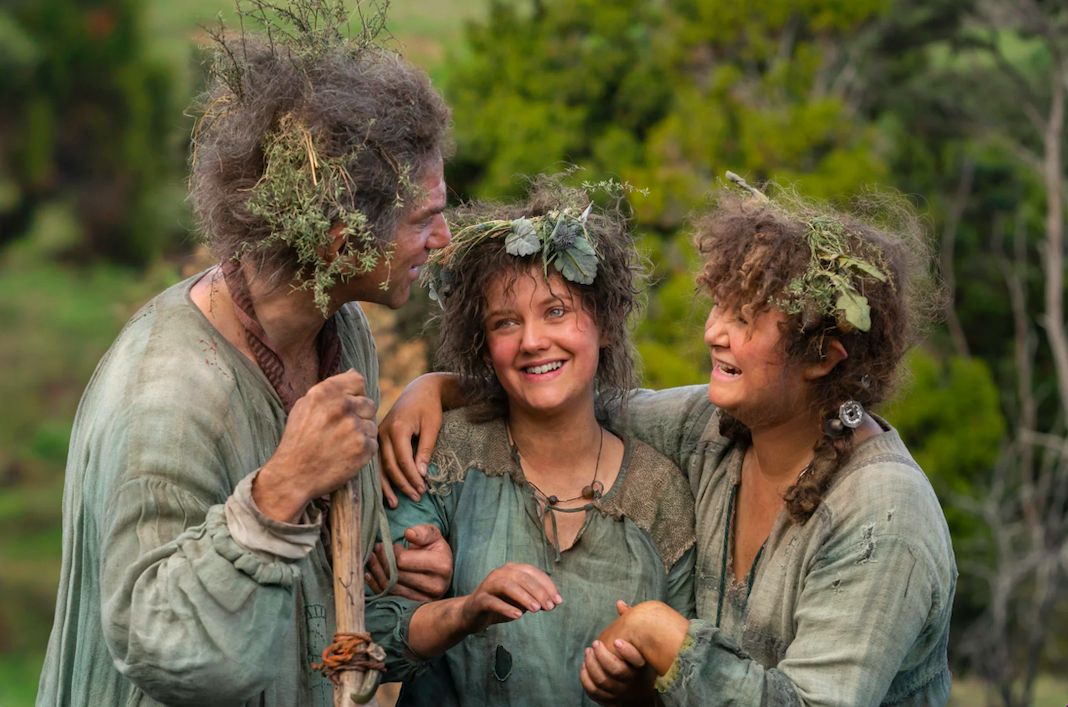
When does The Rings of Power take place?
There are four ages in the Lord of the Rings universe, and each age lasts approximately three thousand years. The Hobbit and Lord of the Rings both take place in the Third Age of Middle Earth.
Rings of Power, on the other hand, goes back to around the middle of the Second Age. Tolkien's novels, despite being about the Third Age, contain plenty of information about the entire history of Middle Earth, including the Second Age.
Are Harfoots related to Hobbits?
Harfoots are an earlier breed of Hobbits.
In the Prologue to the first volume of The Lord of the Rings, Tolkien overviews the changes that Hobbits have gone through from earlier ages to the Third Age of Middle Earth. Hobbits are described as ancient folks whose beginnings are not recorded in history. They live quietly and are not important to other races until they come to possess the ring in the Third Age. Tolkien writes:
Hobbits had, in fact, lived quietly in Middle-earth for many long years before other folk became aware of them. And the world being after all full of strange creatures beyond count, these little people seemed of very little importance.” (Prologue)
Before migrating to the Shire, Hobbits were known to live east of the Misty Mountains, in the Wales of Anduin. That is approximately where they live at the beginning of the first episode, as marked on the map. They led peaceful lives and were able to find plenty of food in nature.
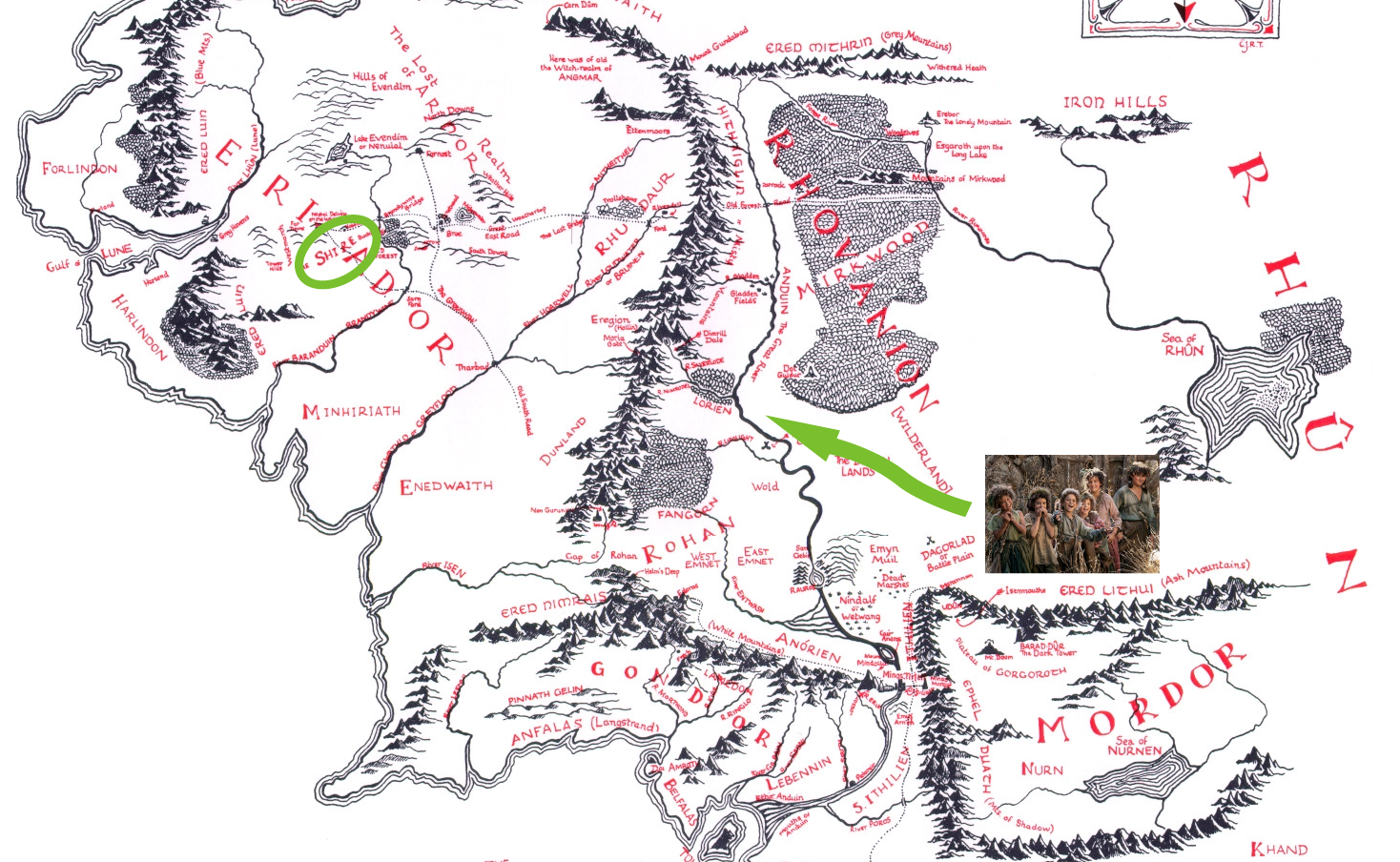
As we know from the novels and the movies, Hobbits end up crossing the mountains and migrating to the Shire. Even before crossing the mountains, according to the novel, Hobbits were somewhat divided into three different breeds: Harfoots, Stoors, and Fallohides.
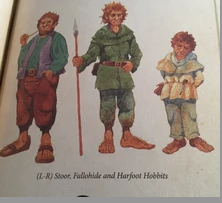
Harfoots are described as the shiest among the three breeds and the ones that migrated west the earliest:
They were the most normal and representative variety of Hobbit, and far the most numerous. They were the most inclined to settle in one place, and longest preserved their ancestral habit of living in tunnels and holes (Prologue).
Having mastered the art of disappearing and swift movement, Harfoots lead secluded lives in harmony with nature. In general, they are wary of strangers, unlike the other two more adventurous breeds.
The depiction of Harfoots in Rings of Power
From the very first episode, The Rings of Power perfectly reflects the shy and cautious character of the Harfoots, as described by Tolkien, and their close connection to nature. The first episode also introduces the main concern of Hobbits: their engagement with the world outside their community. While the older Harefoots seem to be very cautious, the young Nori yearns to experience beyond what her close-knit community can offer.
All that being said, the defining characteristic of Hobbits is their simplicity and primitiveness. They are known to enjoy talking and writing about simple, obvious, and day-to-day stuff. Contrary to expectation, the conversations between Harfoots and the way they express themselves in the Amazon series sometimes come across as quite profound and eloquent. Still, the series succeeds in capturing the essence of Harfoots and leaves the viewers curious about what will happen after the yearly migration of the third episode.
Naturally, the Hobbits evolved throughout centuries to become what we know as the Hobbits of the Shire like Bilbo and Frodo who live in slightly more organized and open communities, dressed in bright colors.
Yet, Shire Hobbits still carry many of the characteristics of earlier Hobbit breeds like Harfoots. For example, at the beginning of Lord of the Rings, some Hobbits in the Shire are suspicious of Bilbo because “outlandish folk” such as “dwarves” and “that old wandering Conjuror, Gandalf” come to visit Bilbo’s house. So Hobbits continue to adhere to the traditions of Harfoots that The Rings of Power introduces in the first few episodes.
